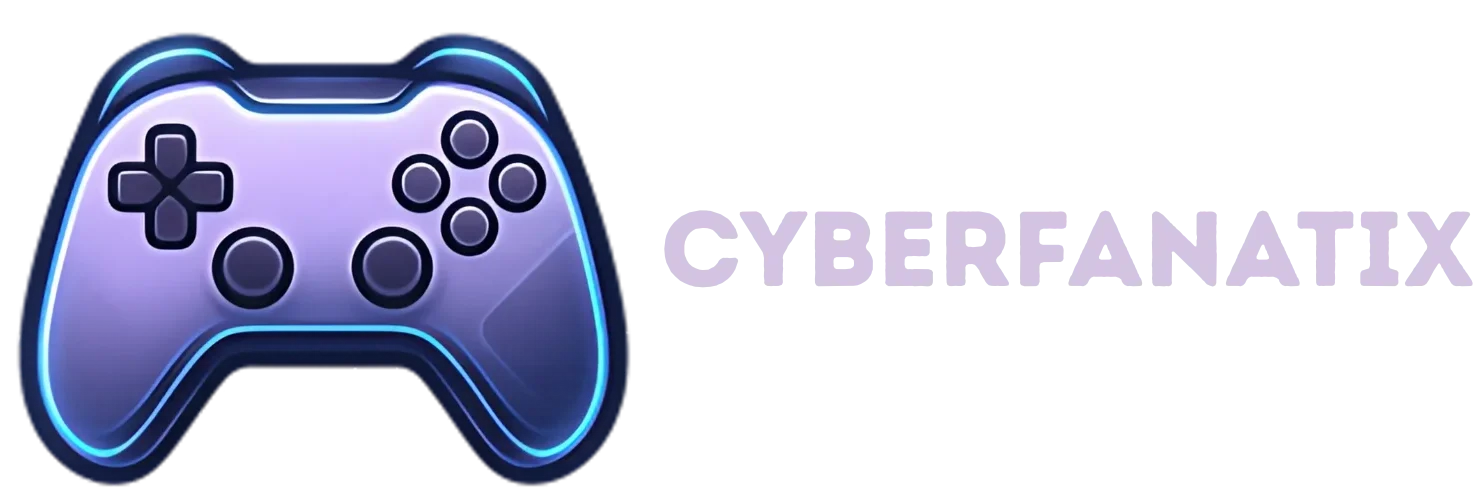Gamepad Tester Online – Check Controller & Joysticks
Gamepad Tool
I’ve used a web-based gamepad tool plenty of times. It’s simple. Just plug in your controller and see what’s working. No software needed. It runs in your browser and shows real-time controller input so you can test your controller on the spot.
What To Check
Shows live button presses
Displays stick movement and axis values
Lets you test buttons on controller clearly
Detects drift using a joystick drift check
Supports Xbox, PS4, PS5, Nintendo, and others
Can test more than one controller at once
Works across Chrome, Firefox, and other browsers
Some tools are open-source and community backed
Spot Problems
Gamers like me use it to spot problems. A web-based gamepad or joypad tester makes it easy to check for joystick drift, stuck triggers, or unresponsive buttons.Developers use it too when they need to test buttons on a controller or debug input settings during game builds.
How Do You Use This Web Gamepad Tester?

I’ve used this tool so many times. It’s super simple. You don’t need to install anything. Just open it in your browser. It works with all the big ones — PS5, Xbox, Nintendo — and even on Android phones.
- Plug in your controller using USB or connect it with Bluetooth
- Open the tester gamepad tool in Chrome or Firefox for quick results.
- Press a few buttons or move the sticks to start the test
- You’ll see real-time feedback for every input
- If nothing shows up, try reconnecting, refreshing, or clearing your browser cache
- You can also use it on Android with an OTG gamepad Android cable
I always go with wired if I want better accuracy. You can find more advice like this in our Gamepad Controllers Tips guide.
How I Fix Gamepad Joystick Issues (When Axes Go Weird)
I’ve had problems where the joystick moves on its own or doesn’t go all the way left or right. That’s called joystick drift or axis trouble. Here’s what I do when my gamepad axes don’t work right.
- Calibrate the controller: I go into my PC settings (Windows > Control Panel > Devices and Printers), right-click my gamepad, and choose “Game controller settings.” Then I hit “Calibrate” to fix any weird readings.
- Clean the joystick area: Sometimes dirt messes with it. I dip a cotton swab in isopropyl alcohol and gently clean around the joystick. It’s helped more than once.
- Replace the joystick module: If it’s still messed up, I get a new joystick part online. This part needs soldering, so I only do it if I’m sure I won’t break things. If not, I ask someone good with tools. Just a heads-up: opening your controller might cancel the warranty.
- Update the driver or firmware: I visit the maker’s website (like Xbox or PlayStation) and download any updates for the controller. Some consoles also let you do this from console settings or an app.
- Test it again with the web tool: I use the online gamepad tester to check my controller working OK. I move the joysticks and check the axes to show full range without drifting.
If you’re still facing issues, it might be the best time for a new controller.
I’ve had buttons that stick or controller is not working, and it’s a pretty common problem. Here’s how I usually fix unresponsive gamepad buttons without tossing the whole controller.
- Clean the Button: I start by cleaning around the buttons with isopropyl alcohol and a cotton swab. If I’m okay opening it, I clean the contacts inside too. Compressed air helps if I don’t open it.
- Inspect for Damag: Worn or cracked rubber pads under buttons can cause issues. If damaged, I look for a cheap replacement kit online.
- Re-solder Contact: If cleaning doesn’t help, I sometimes re-solder the button contacts—only if I’m confident. Otherwise, I skip it or ask for help.
- Update Firmware/Driver: Sometimes it’s a software bug. Updating the controller firmware from the manufacturer’s site often fixes random issues.
- Test the Buttons Online: I use a gamepad tester to press each button and check if they respond correctly. Test the Buttons Online: I use a gamepad tester to run a proper controller button test, pressing each button to confirm they respond correctly.
How I Fix Sticky or Unresponsive Gamepad Buttons
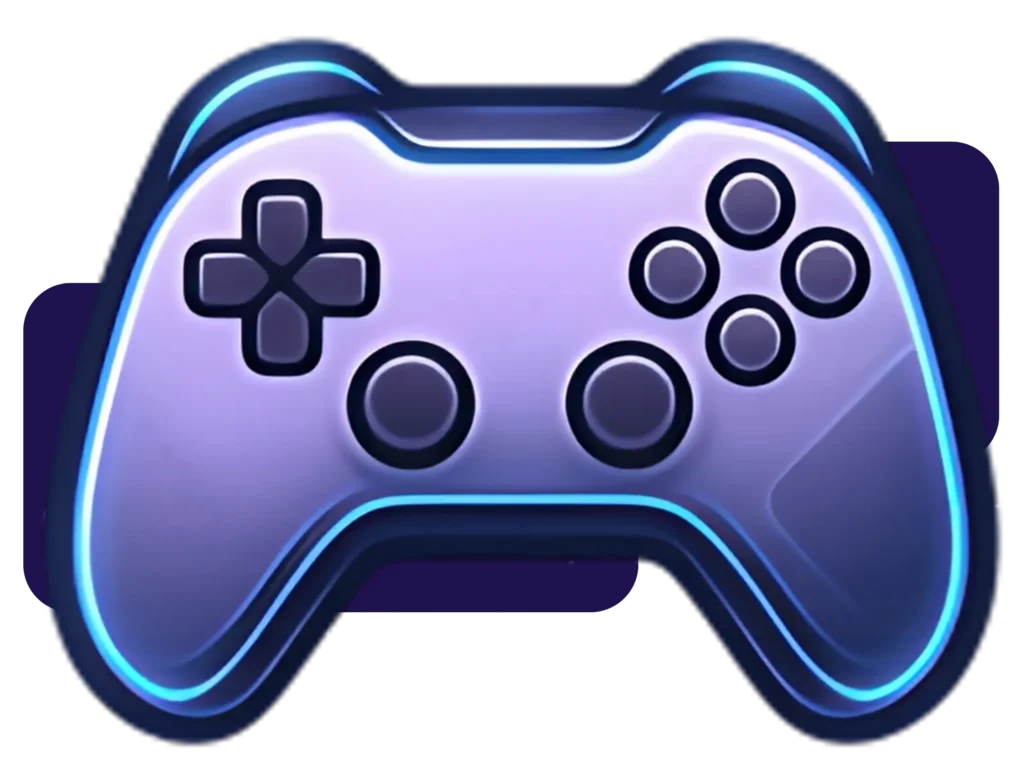
Key Features I Love About This Gamepad Tester Tool
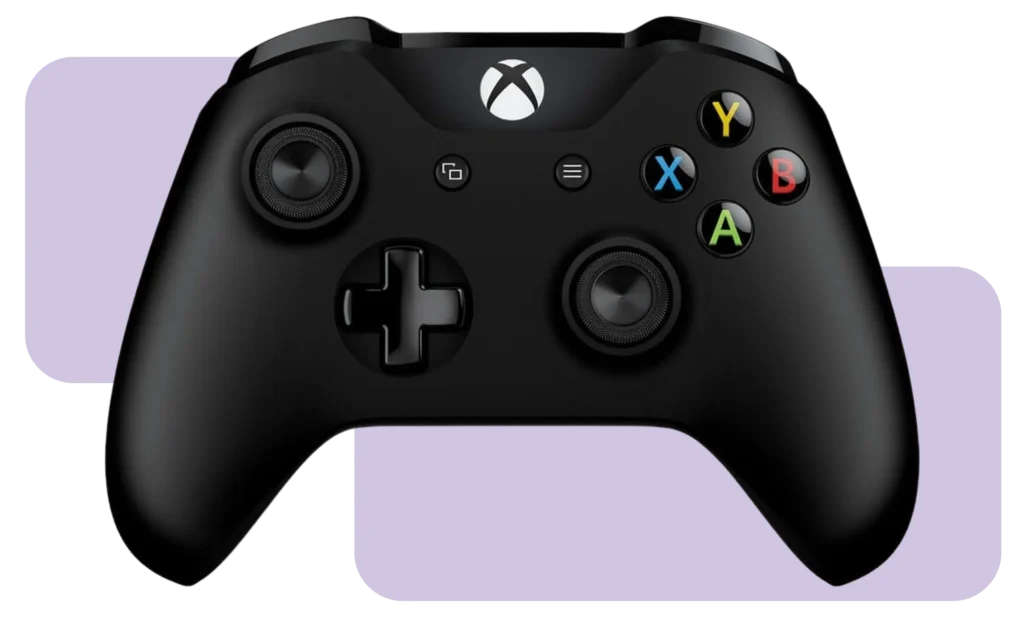
I’ve tested many of controller testing tools, but this one really stands out. It’s a complete, browser-based gamepad input test that runs on the HTML5 Gamepad API — so there are no downloads, no installs, and it works right inside your browser. The official Mozilla Developer Network (MDN) notes that the Gamepad API lets web apps directly respond to gamepad input, supporting buttons, axes, and vibration features. Whether you’re a gamer checking for issues or a developer testing multi-controller support, this tool has the essentials covered.
- Wired and wireless controller support – Works perfectly with USB and Bluetooth gamepads.
- Visual gamepad viewer – You can see button presses, trigger pulls, and joystick movement in real time.
- Multiple controller support – Plug in several controllers and test them all at once.
- Controller info display – Shows your controller’s name, index number, and whether it’s connected or not.
- Controller timestamp log – Every action is tracked with a timestamp, so you can debug input lag or delays.
- Detailed input testing – Tracks every input: buttons, triggers, joysticks, bumpers — all shown live.
- Advanced input checks – It also detects things like controller vibration, haptic actuators, pose sensors, and hand tracking (if supported).
Why This Controller Tester is So Handy
- Easy to Use: It’s a plug and play. You just need to connect your controller and while this tool open in your browser. There’s no need for installation or setup.
- Superfast Results: When your gamepad is detected, you get real-time input feedback. You can test buttons, triggers, and sticks instantly with zero lag.
- Portable and Cross-Platform: It’s a browser-based tester, so you can test your controller online fast from any device — laptop, desktop, or even tablets with USB or Bluetooth. It’s super light too, so it won’t slow down your system.
How to Test PS5, PS4, Xbox, or Nintendo
- Connect the controller – Use a USB cable or pair it via Bluetooth to your computer.
- Open the gamepad tester – Visit the tester website in your browser; no download required.
- Test buttons and sticks – Press each button and move both joysticks to check their response.
- Look for input issues – Detect problems like stuck buttons or joystick drift using the tool.
- Troubleshoot connection – If it doesn’t connect, switch cables or try a different browser.
Test Gamepad Input Delay or Lag
- Plug in:Connect your controller using USB cable or bluetooth.
- Open the tester: Open this website on your browser
- Press buttons: Press button to check they are working
- Move the sticks: Rotate your joysticks fast and check any slow response
- Try other setup: If it still shows lag try to use any other browser or PC.
That’s how I find out if my controller is slow through a controller checker or when I use this tool as an Xbox controller tester for Series X or Xbox One.
How to Fix Gamepad Deadzones
- Open the controller tester: Open https://cyberfanatix.com/ in your browser and rotate your joystick slowly. Many players also use it as a PS4 controller tester to confirm their DualShock sticks are calibrated properly.
- Rotate: If you rotate the joystick and nothing happens, that’s a deadzone.
- Try full Rotation: Move your stick all the way around to see how much range it has.
- Adjust through settings: Some games let you lower the deadzone in their settings.
- Calibrate your controller: On Windows, you can use the Game Controller Settings to calibrate it.
Common Controller Troubles & Quick Fixes
Fixing Stick Drift
1. Open the tester and test analog stick drift visually
2. Gently clean around the joystick with a cotton swab
3. Go into your system settings and calibrate the gamepad
4. If axis values still look off, the stick might need replacement
Button Response
1. Press each button and watch for response in the tester
2. Gently clean around sticky or unresponsive gamepad buttons
3. Update the controller’s firmware or software if available
Connection
1. Check USB connection or battery power
2. Remove other active Bluetooth devices nearby
3. Do a controller driver update or reinstall the driver
If it still doesn’t work, I try a different cable or switch USB ports.
Test Trigger
1. Press each trigger slowly to test trigger sensitivity
2. Watch the analog trigger response for smooth movement
3. Compare both sides to see if one stutters or feels off
If one trigger jumps instead of moving gradually, it could be dust or wear.
Pro Tip: Test Your Controller Before Every Session
I always do a regular gamepad testing check before I jump into any match. A quick run through any gamepad checker saves headaches. It takes less than a minute but saves me from annoying surprises like drift, dead zones, or sticky buttons. A lot of esports players do this too. It’s a simple way to avoid controller issues and keep gameplay smooth. If you’re serious about performance, make it a habit.
Gamepad Compatibility Overview
This game controller tester supports all major brands.
Xbox
Xbox Series X
Xbox Series S
Xbox One
Xbox One S
Xbox One X
Xbox 360 (wired)
Elite Series 1
Elite Series 2
Xbox Adaptive Controller
PlayStation
PS5 DualSense
PS5 Edge Controller
PS4 DualShock 4
PS3 DualShock 3
Third-party PS4 and PS5 controllers
Other
Nintendo Switch Pro Controller
Steam Controller
Generic USB Gamepads
Bluetooth Gamepads
PC Gaming Controllers
SCUF Controller
SCUF Instinct
SCUF Instinct Pro
SCUF Reflex
SCUF Reflex Pro
SCUF Impact
SCUF Prestige
SCUF Infinity4PS Pro
Steam Controller
Steam Controller
Steam Deck
Verifies button mapping
Detects touchpad response
USB vs Bluetooth: Which Connection Method Should You Use?
USB Connection
Plug-and-play
Most reliable during testing
No input lag
No battery or disconnection issues
Best for precise USB controller test
Bluetooth Connection
Wireless freedom
Easy Bluetooth gamepad pairing
Works with phones, tablets, and PCs
Great for casual sessions
May show slight delay in test gamepad input lag checks
Pro Tips to Get the Most Accurate Gamepad Test Results
Controller Usage Tips
- Keep controller firmware updated
- Use wired mode to reduce input lag
- Restart browser if controller isn’t detected
- Use Chrome or Edge for best accuracy
- Run controller calibration tips after testing
- Use official drivers for Windows
- Test gamepad accurately before long gaming sessions
- Retest after OS updates — behavior may change
How to Read Gamepad Tester Results
Understanding Input Latency in Gamepad Testing
When I press a button and the action feels slow, I run a gamepad delay test to check input latency. That’s just the time it takes for your controller to respond after you press something. Lower numbers mean smoother gameplay.
Here’s what I look for when checking controller response time:
- Under 20ms — Feels super snappy and responsive
- 20 to 40ms — Still good for casual play
- Over 40ms — Might start to feel laggy
According to a study by Long and Gutwin, presented at CHI 2019, even latency as low as 41ms can start to mess with aiming and precision tasks in games. That’s why I try to keep mine way below that. This aligns with Microsoft’s engineering deep dive on the Xbox Series X, where system architect Andrew Goossen explained that reducing input latency was a core design goal, optimizing the full input-to-display pipeline (Microsoft Xbox Wire).
If I see over 40ms, I switch to a wired connection to reduce gamepad lag. Also, I close extra browser tabs or apps in the background. Bluetooth always adds a little more ms delay in gamepad tests, so I only use it when I have to.
Microsoft took this seriously when building the Xbox Series X. Andrew Goossen, a top engineer at Xbox, said that reducing input latency was a big focus. They studied the whole pipeline, from button press to screen, just to make games feel more responsive
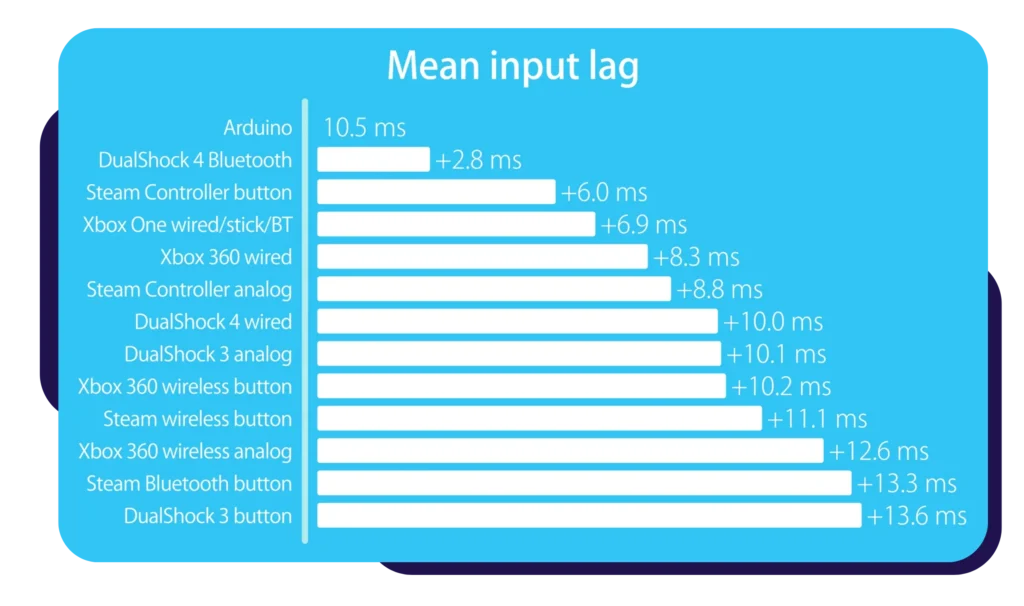
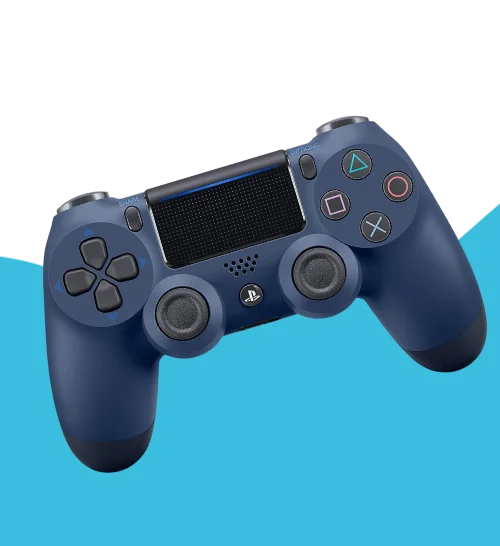
How to Check Button Response Time with a Gamepad Tester
When I want to know if my controller is still sharp, I check the button response time using the gamepad tester. It tells me how fast a button press sends a signal. I just tap each one and watch the screen react.
Here’s what I look for during the test:
- Instant lighting means fast button input and no lag
- A short delay may point to controller button lag or Bluetooth issues
- No response at all could mean dirt buildup or a broken button
If I notice any button delay, I switch to USB and retest. Wired mode usually fixes unresponsive gamepad problems quickly.
How to Test Analog Stick Accuracy and Movement
When my aim feels off or the camera starts drifting, I use an analog stick test to figure out what’s wrong. The gamepad tester shows real-time movement, so I can spot issues fast. Here’s how I test controller stick movement for accuracy.
- Move each stick in a full circle to test gamepad range
- Watch for jitter, rough spots, or dead zones
- Let go and check if the stick returns to center cleanly
- Use the axis value to see if idle reading stays near 0.0
- Look for numbers stuck around ±0.2 — could mean drift or calibration issues
If I spot anything weird, I retest a few times to confirm. Sometimes it’s just dust, but worn sensors can also throw things off.
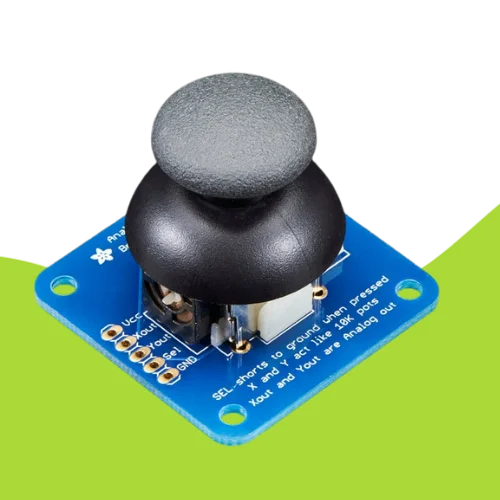
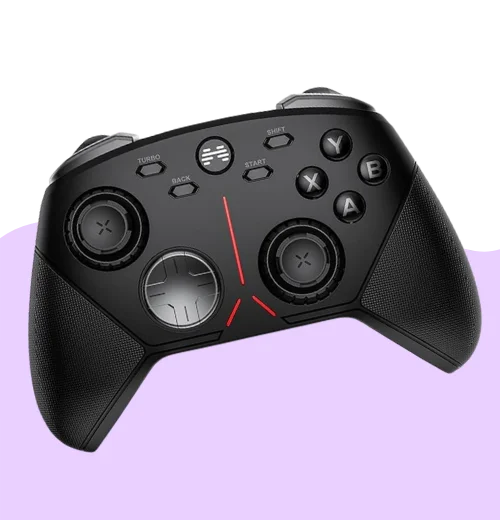
How to Interpret Trigger Sensitivity Test Results
When I run a trigger pressure test, I press the triggers slowly and watch how the numbers change. A good analog trigger curve should go from 0 to 100 smoothly without jumping. Both sides should feel the same when pressed.
Here’s what I look for to check trigger sensitivity:
- Smooth response from light press to full press
- No sudden jumps or skips in the curve
- Left and right triggers feel even and consistent
- No sticky spots where the numbers stop moving
- Full 0 to 100 range shows proper test trigger accuracy
If the response feels uneven or one side reacts too fast, it could mean dust buildup or sensor wear. I clean it first and retest to be sure.
How to Read Gamepad Tester Warnings & Signals
Look for these warning icons during testing. I use them to spot issues fast and know if my controller needs fixing or just a reset.
⚠️ High Latency — Possible connection lag or interference
⚠️ Stick Drift Warning — Joystick moves without touch
⚠️ No Input Detected — Controller not connected or asleep
✓ Good Response — Fast and accurate input, all clear
If I keep seeing the same Joystick tester warning, like drift or high latency controller alerts, it usually means there’s a hardware problem. I double-check the cable, battery, or try a different browser.

Review and Compare Your Joystick Tester Results
Input Latency Benchmark
I use these input latency benchmarks to see if my controller ms delay rating is good enough for gaming.
- Excellent → Under 20ms
- Good → 20 to 40ms
- Needs Attention → 40 to 60ms
- Poor → Over 60ms
Lower is always better, especially in FPS or rhythm games. I always retest with a wired setup if mine lands above 40ms to test gamepad lag more accurately.
Button Response Time Benchmarks
Here’s how I break down button response benchmarks when I test button latency on my controller.
- Perfect → 1 to 5ms (instant response)
- Normal → 5 to 15ms (feels smooth)
- Delayed → 15 to 30ms (slightly slow)
- Problematic → Over 30ms (needs fixing)
If I see anything over 30ms, I check for low battery, switch to wired, or clean the buttons. That usually fixes most controller input timing issues.
Expected Latency & Accuracy by Gamepad Model
I benchmarked these common controllers — here’s what to expect in terms of controller latency comparison and stick accuracy by model.
| Gamepad Type | Typical Latency | Button Response | Stick Accuracy |
|---|---|---|---|
| Xbox Series X/S | 2–8ms | 1–3ms | 99% |
| PS5 DualSense | 4–10ms | 2–4ms | 98% |
| Nintendo Pro | 8–15ms | 3–6ms | 97% |
| Generic USB Gamepads | 10–20ms | 5–10ms | 95% |
Tests assume wired connection for best accuracy. Actual results may vary based on OS, browser, or background activity.
Pro Tips for Accurately Comparing Gamepad Test Results
- When comparing gamepad test results, keep these tips in mind
- Run the test a few times to spot consistent patterns
- Always use the same connection type for fair latency comparison
- Stick with the same USB port or Bluetooth adapter each time
- Keep your setup consistent — same browser, OS, and open apps
- Compare results based on how you actually play — casual or competitive
- Use average numbers instead of relying on one reading
How to Interpret Your Gamepad Test Results
Q1: What’s a good latency score?
For competitive gaming, I aim for under 20ms.
Up to 40ms still feels fine if I’m just playing casually.
Q2: Why do gamepad test results vary?
It depends on your connection type, gamepad model, and nearby wireless interference.
Browser choice and open apps can also affect controller performance and input lag. I always test over USB for consistent results.
How to Read Axis Values in Gamepad Tester
I always check the axis values to catch stick drift early. These numbers show the joystick position on a scale from -1.0 to 1.0. When the stick is resting, the value should be right around 0.0 — that’s the ideal center.
Here’s how I read axis behavior:
- 0.0 → Stick is perfectly centered
- ±0.01 → Tiny movement, usually normal sensitivity
- ±0.1 or more while idle → Possible stick drift detection
- Sudden value jumps → May signal calibration or sensor issues
- Slow and smooth change → Healthy joystick position tester feedback
- Jittery or floating values → Sensor wear or dust buildup
When I read axis values, I move the stick slowly to see if the numbers increase or decrease smoothly. That’s a quick way to catch hidden drift or analog sensor problems.
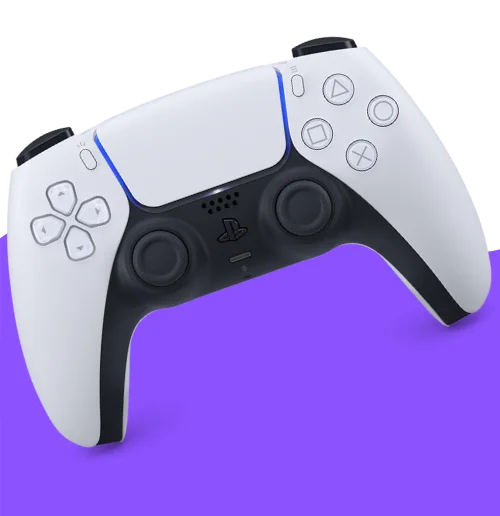
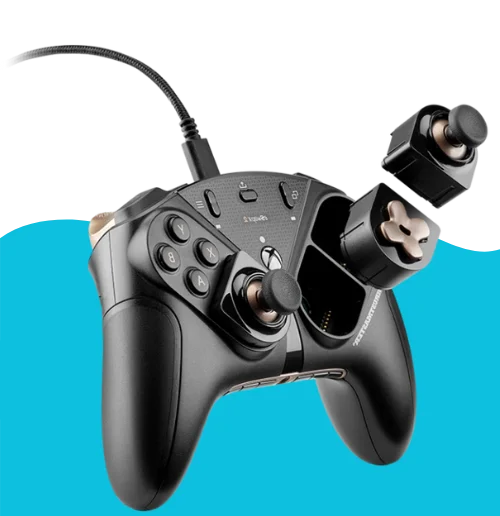
What Is Circularity Error and Why It Matters
I always check circularity error to see if my joystick moves evenly in all directions. It’s part of the analog stick rotation test that shows how smooth and accurate your stick really is. When you rotate the stick, a good tester draws a circle. If that shape gets weird — like a square or lopsided — there’s likely a problem.
Here’s what I watch for when checking gamepad tester circularity:
- 0 to 5% error → Great joystick movement accuracy
- 5 to 10% error → Might be okay, but keep an eye on it
- Over 10% error → Likely sensor wear or uneven movement
- Square or oval shape on graph → Stick may need controller calibration
- Wobbling or shaky edge → Could mean physical dead zones or loose stick
This kind of test is super helpful for FPS games where even tiny stick changes matter. I usually rotate slowly and watch the line pattern to catch small issues early.
Why Drift May Show in Tests but Not in Games?
Stick drift happens when your joystick moves on its own, even though you’re not touching it. It can mess with your aim or camera, especially in FPS or racing games. I use the gamepad tester to catch it early before it gets worse.
When I test for drift, here’s what I look for on the screen:
- The stick dot moves slowly while idle
- Axis values not zero, like sitting at 0.1 or -0.2
- The movement is steady, not random or flickering
- Joystick drifting in tester keeps pulling in one direction
- The circularity line wobbles or starts off-center
- Analog stick idle movement shows on repeat tests
If the drift is under ±0.05, I usually don’t worry. That’s pretty normal for analog sticks. But if the values keep changing or the dot creeps nonstop, I recalibrate or clean the stick right away.
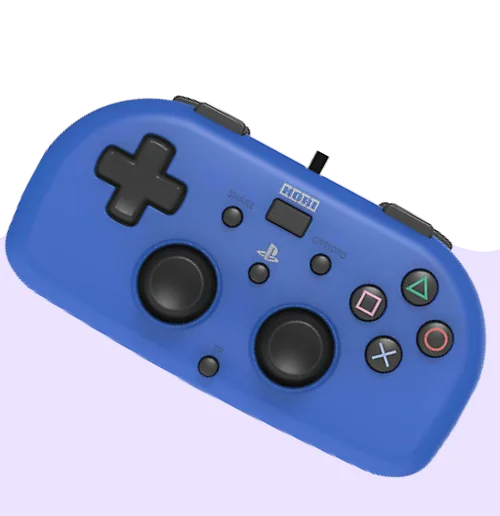
When Is It Time to Replace Your Analog Sticks?
Even with good care, analog sticks wear out over time. I’ve tested enough controllers to know when drift turns from a small issue into a hardware problem. When I see these signs during testing, I know it’s time to replace analog sticks.
- Consistent stick drift that stays even after recalibration
- The stick won’t center or feels loose when let go
- Grinding, scratching, or stiff movement when rotating
- Severe circularity error or erratic movement on screen
- Inputs stop working or cut out during gameplay
- Repeated gamepad input failure even after cleaning
If this stuff keeps happening across multiple test sessions, it’s not just dust or calibration. I usually swap out the joystick or upgrade to Hall Effect sticks for better precision and longer life.
OEM vs Third-Party Controllers: Accuracy Differences
Here’s what I’ve seen in side-by-side testing:
- OEM
- Lower latency in most controller latency tests
- Better joystick precision and deadzone handling
- More consistent button response by brand
- Stronger build and longer-lasting sensors
- Third-Party
- Can show input delay or jitter
- May have uneven trigger sensitivity
- Deadzones vary between units
- Premium ones with Hall Effect joysticks come close to OEM
- Budget models often fail in joystick precision difference tests
Square vs Circular Circularity: What’s the Difference?
When I test stick movement, the shape tells me a lot about how the stick performs. In the circularity test, your joystick path shows up as a line — either a circle or a square. That shape affects how smooth and accurate your control feels.
Here’s how I break it down:
- Circular path
- Gives even input in all directions
- Feels smooth for aiming, racing, or precise motion
- Matches natural controller input response curve
- Best for consistent diagonal movement
- Square path
- More sensitive at corners, less at diagonals
- Can feel “snappy” or sudden in diagonal movement
- Shows in older or retro-style controllers (like GameCube)
- May help in games with sharp cornering or fast directional changes
I rotate the stick slowly during the analog stick movement path test to see if the trace stays even. If it turns square or wobbly, it’s either by design or a sign of stick wear. For most games, I prefer a circle — it just feels more natural.
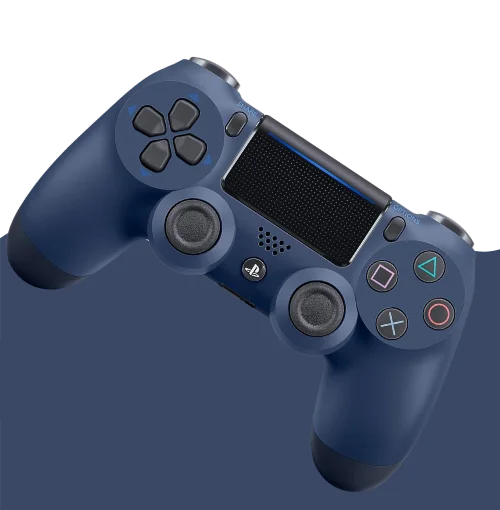

Is Jitter a Sign of Stick Failure or Just Noise?
I’ve seen jitter pop up in plenty of tests. It usually shows as a shaky line or flickering axis values when the stick is still. Sometimes it’s harmless, sometimes it’s a sign the stick is wearing out.
When I see jitter in the stick jitter test, here’s how I tell what’s normal vs not:
- Small twitching (±0.01 to 0.03) is normal joystick axis noise
- If the movement stays steady and random, that’s usually fine
- If the shake gets worse or jumps fast, it could be a stick failure sign
- Wobbly circularity lines or unstable axis values often mean physical wear
- Dirt, dust, or a loose potentiometer can cause analog stick shaking
- I always test more than once — if it keeps happening, it’s likely hardware
Sometimes a quick recalibration or gentle cleaning helps. But if jitter stays the same across tests, I start thinking about replacing the stick.
Why Drift May Show in Tests but Not in Games
I’ve seen drift pop up during a stick drift test, but never notice it while playing. That’s because controller test sensitivity is usually much higher than what games actually care about.
Here’s why this happens:
- Gamepad testers detect tiny axis shifts like ±0.03 that games ignore
- Most games use a joystick deadzone to filter out small, unintentional movement
- Some games apply input filtering to smooth out analog jitter
- The drift might be real, but too small to matter during gameplay
- Fast games like shooters may show drift more clearly than casual or turn-based ones
If the tester shows minor drift, it doesn’t always mean your stick is broken. I usually check if it affects actual gameplay before I worry. You can also adjust the deadzone manually in many games or controller settings to block small drift completely.

